
Among the various characteristics of the last several years, the failure of global automation in the factories (understood in strict sense) must be pointed out, a failure caused by the failure of the prospects and, if you will, the dreams of mass production.
The meeting between the telematic and traditional fixed production (harsh assembly lines later automated up to a certain point with the introduction of robots) has not developed toward a perfecting of the lines of automation. This is not due to problems of a technical nature, but due to problems of an economic nature and of the market. The threshold of saturation for technologies that can replace manual labor has not been exceeded; on the contrary there are always new possibilities opening in this direction. Rather, the strategies of mass production have been surpassed, and have thus come to have little importance for the economic model of maximum profit.
The flexibility that the telematic guaranteed and has steadily made possible in the phase of the rise of post-industrial transformation at a certain point caused such profound changes in the order of the market, and thus of the demand, as to render the opening that the telematic itself had made possible or rather put within reach useless. Thus, the flexibility and ease of production is moved from the sphere of the factory into the sphere of the market, causing a standstill in the telematic development of automation, and a reflourishing of new prospects for an extremely diversified demand that was unthinkable until a few years ago.
If one reads the shareholders’ reports of some of the great industries, it becomes clear that automation is only sustainable at increasing costs that quickly be come anti-economical. Only the prospect of social disorder of a great intensity could still drive the financially burdensome path of global automation.
For this reason, the reduction of the costs of production is now entrusted not only to the cost of labor, as has occurred in the past several years as a consequence of massive telematic replacement, but also to a rational management of so-called productive redundancy. In short, a ruthless analysis of waste, from whatever point of view, and, first of all, from the perspective of production times. In this way, by a variety of means, productive pressure is exercised once again on the producer in flesh and blood, dismantling the ideology of containment on the basis of which an easing of the conditions of suffering and exploitation that have always been characteristic of wage labor was credited to telematic technology.
The reduction of waste thus becomes the new aim of streamlined production, in its time based on the flexibility of labor already consolidated and the productive potentiality guaranteed by the telematic coupling as its starting point. And this reduction of waste falls entirely on the back of the producer. In fact, the mathematical analysis realized through complex systems already in widespread use in the major industries can easily solve the technical problems of contractors, which is to say, those relative to the combination of raw materials and machinery, in view of maintenance. But the solution to these problems would remain a marginal matter to production as a whole if the use of production time were not also placed under a regime of control.
Thus, the old taylorism comes back into fashion, though now it is filtered through the new psychological and computing technologies. The comprehensive flexibility of large industry is based on a sectoral flexibility of various components, as well as on the flexibility of the small manufacturers that peripherally support the productive unity of command. Work time is thus the basic unity for the new production; its control, without waste but also without stupidly repressive irritations, remains the indispensable connection between the old and new productive models.
These new forms of control have a pervasive nature. In other words, they tend to penetrate into the mentality of the individual producer, to create general psychological conditions so that little by little external control through a timetable of production is replaced by self-control and self-regulation of productive times and rhythms as a function of the choice of objectives, which is still determined by the bodies that manage productive unity. But these decisions might later be submitted to a democratic decision from below, asking the opinion of individuals employed in the various production units with the aim of implanting the process of self-management.
We are speaking of “suitable synchronism”, not realized once and for all, but dealt with time and again, for single productive periods or specific production campaigns and programs, with the aim of creating a convergence of interest of interests between workers and employers, a convergence to be realized not only on the technical terrain of production, but also on the indirect plane of solicitation of some claim to the demand, which is to say, on the plane of the market.
In fact, it is really in the market that two movements within the new productive flexibility are joined together. The old factory looked to itself as the center of the productive world and its structures as the stable element from which to start in order to conquer ever-expanding sections of consumption to satisfy. This would indirectly have to produce a worker-centered ideology, managed through guidance by a party of the sort called proletarian. The decline of this ideological-practical perspective could not be more evident today, not so much because of the collapse of real socialism, and all the direct and indirect consequences that followed from this and continue to grow out of it, but in reality, due to the productive changes which we are discussing. There is thus no longer a distinction between the rigidity of production and the chaotic and unpredictable flexibility of the market. Both these aspects are now brought back under the common denominator of variability and streamlining. The greater ability to penetrate into consumption, whether foreseeing and soliciting it or restraining it, allows the old chaos of the market to be transformed into an acceptable, if not entirely predictable, flexibility. At the same time, the old rigidity of the world of production has change into the new productive speed. These two movements are coming together in a new unifying dimension on which the economic and social domination of tomorrow will be built.



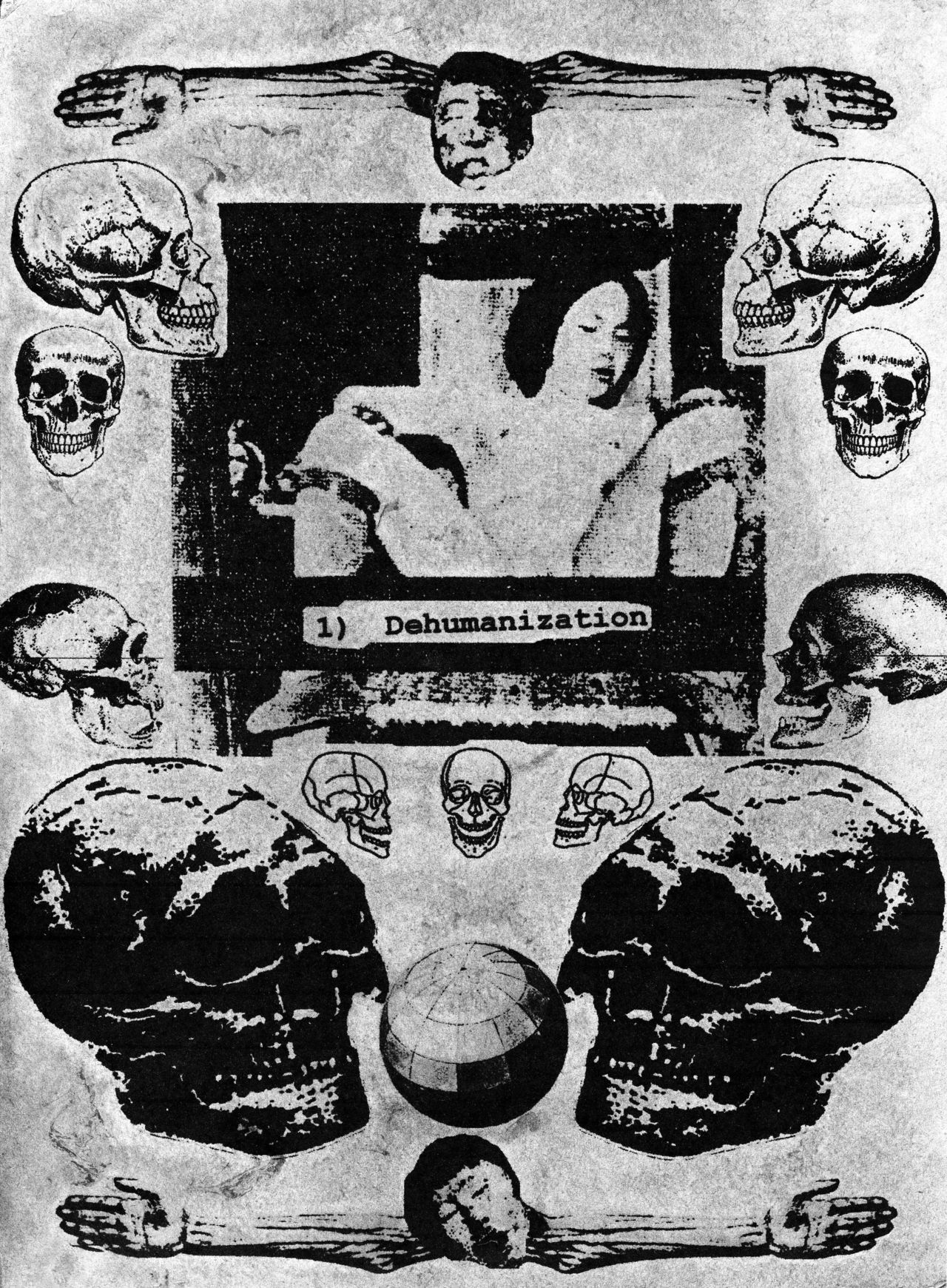

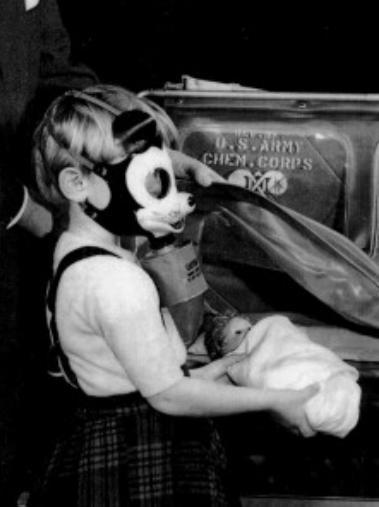

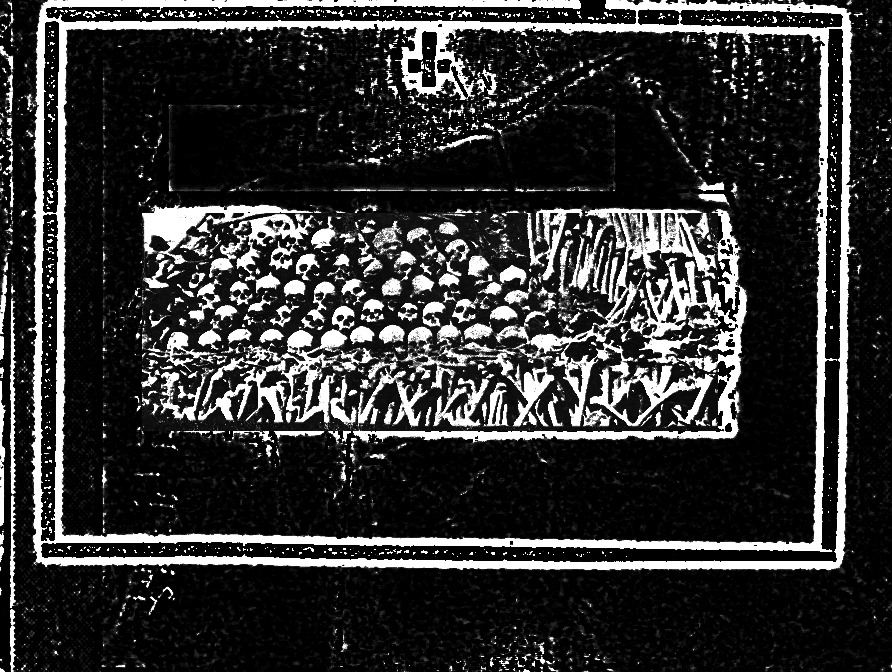
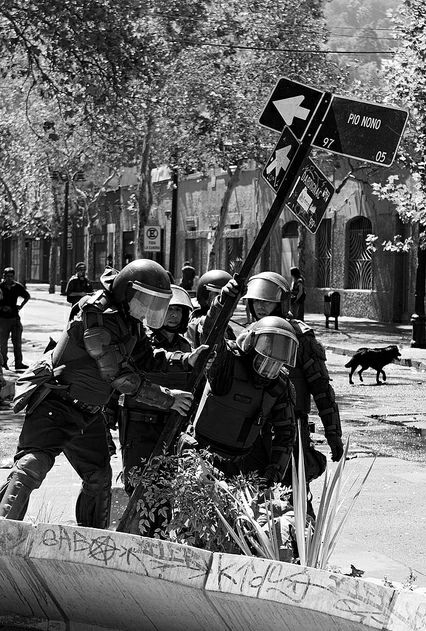





![Eurorepressione - Sulla conferenza a Den Haag sul tema "Anarchia" [corretto]](http://25.media.tumblr.com/tumblr_m0jvngOXtY1qa2163o1_1280.jpg)

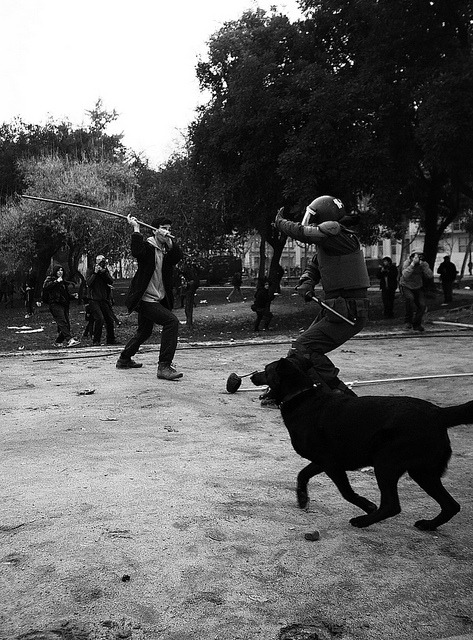
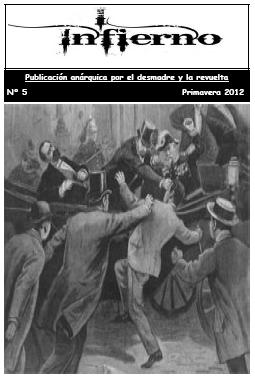

![A tres años de la Partida de Mauricio Morales: De la Memoria a la Calle [Stgo.]](http://metiendoruido.com/wp-content/uploads/2012/05/mmacividad.jpg)

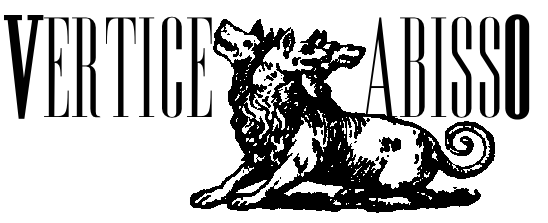



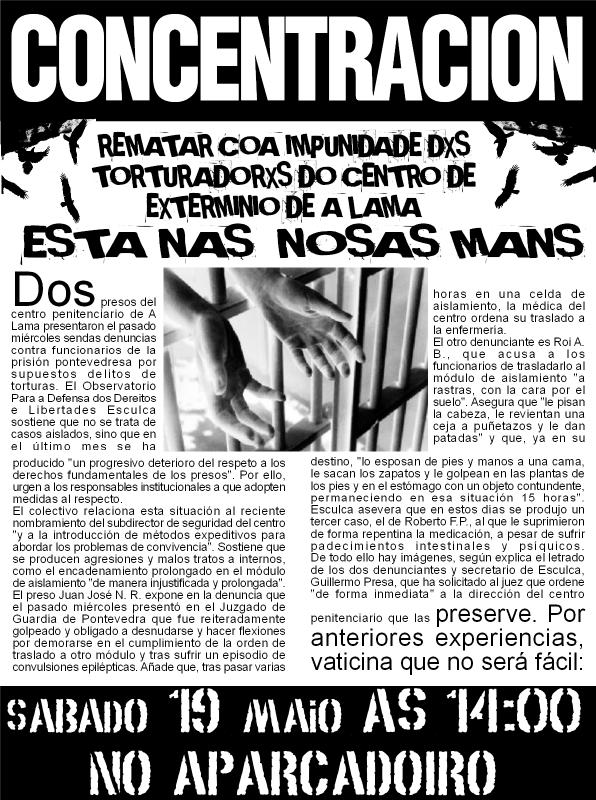




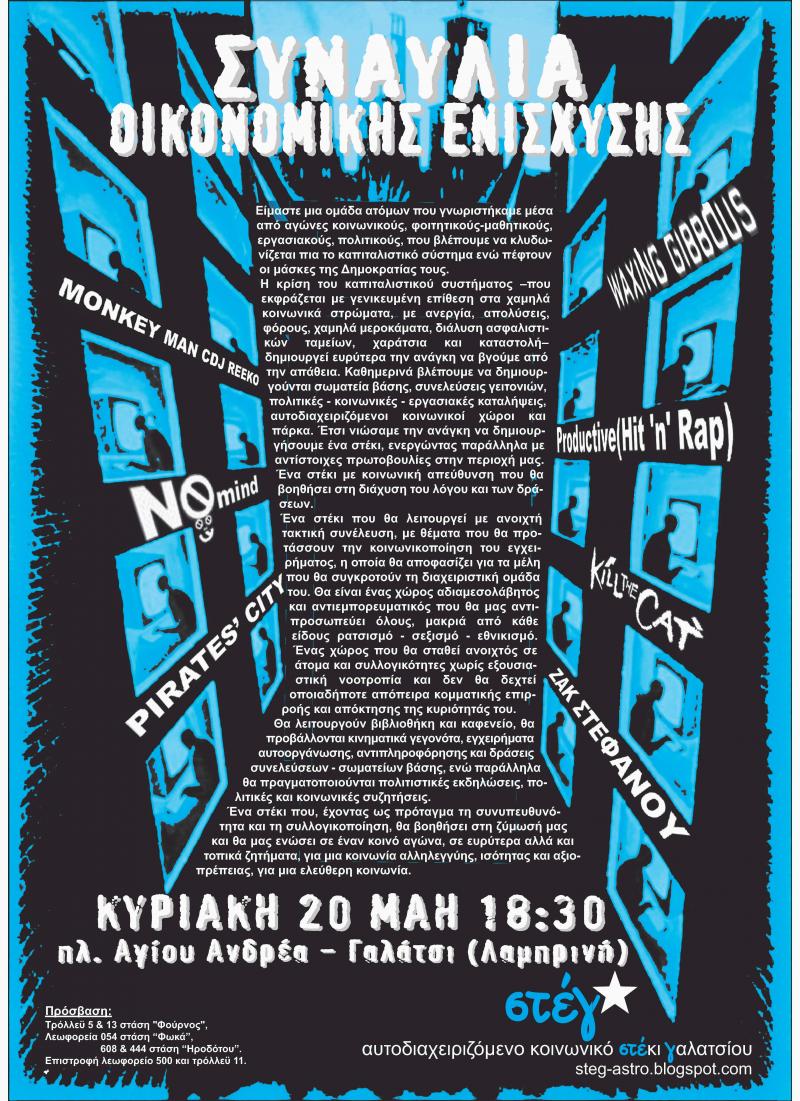








Nessun commento:
Posta un commento